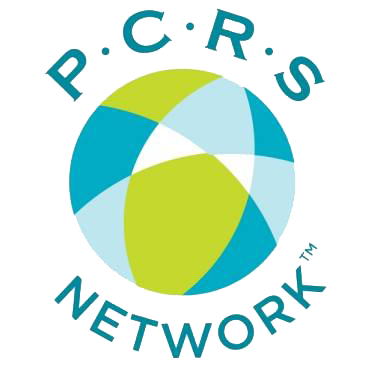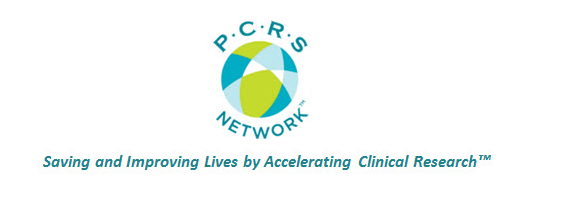Below is a video summary of the article. If you like the summary, read the complete article below.
We are nearly halfway through 2023, and near the end of “conference season,” so it seems like a good time to look back and ask, “Are we really making progress toward accelerating drug development and decreasing the time and cost of clinical trials to get new drugs to market?”
While there have been many advances in clinical research, the average time from Phase I to regulatory approval is 10.5 years.[i] Some studies, including one by Tufts Center for the Study of Drug Development (CSDD), indicate that the time line is getting longer.[ii]
Over the last two decades, there have been significant efforts to decrease the time it takes to develop and get drugs to market. So, what gives?
The time it takes to develop new drugs is getting shorter. The past two decades have witnessed remarkable technological advancements that have revolutionized drug development. High-throughput screening, genomics, proteomics, and computational modeling have enhanced the efficiency and precision of drug discovery and design. The utilization of automation and robotics in laboratory settings has expedited the screening process, allowing researchers to assess a larger number of compounds in a shorter time. Furthermore, the advent of bioinformatics and data analytics has facilitated the analysis and interpretation of complex biological data, optimizing drug development strategies.
The regulatory approval process has been streamlined. Recognizing the need for accelerated drug approvals, regulatory agencies have introduced several reforms to streamline the drug development process. The U.S. Food and Drug Administration (FDA), for instance, established initiatives such as Fast Track, Breakthrough Therapy, and Accelerated Approval programs. These programs aim to expedite the review and approval of drugs targeting life-threatening conditions or addressing unmet medical needs. Similarly, other regulatory bodies worldwide have implemented analogous strategies to reduce timelines without compromising safety and efficacy standards.
There is a higher degree of cooperation between public and private sectors in developing drugs. Collaboration between pharmaceutical companies, academic institutions, and government organizations has been instrumental in expediting drug development. Over the past two decades, there has been a notable increase in public-private partnerships, aiming to pool resources, knowledge, and expertise. Such collaborations promote information sharing, reduce duplication of efforts, and enhance the efficiency of clinical trials. Additionally, initiatives like the Critical Path Institute and Innovative Medicines Initiative have fostered collaboration in areas of common interest, including biomarker development and drug safety assessment.
There have been innovations in trial design. Conventional clinical trials often involve rigid protocols and fixed endpoints, contributing to lengthy development timelines. However, the adoption of adaptive trial designs has gained momentum over the past 20 years. These designs allow for modifications in trial parameters, such as sample size or treatment regimens, based on interim data analysis. Adaptive trials increase efficiency, reduce costs, and enable faster decision-making, ultimately shortening the time required to generate conclusive results. Moreover, the integration of real-world evidence, obtained from routine clinical practice, has complemented traditional clinical trials by providing additional insights into drug safety and effectiveness.
Clinical trial timelines are falling behind. Despite the collective efforts to accelerate drug development, it is taking longer to complete most clinical trials. Factors like limited availability of qualified investigators, protocol complexity, and unnecessary collection of non-core data are often cited. The constant challenge though, appears to be patient recruitment. Generally, regarding patient recruitment, the industry simply has not kept pace with advancement in other areas.
While technological advancements, regulatory reforms, collaborative initiatives, adaptive trial designs, and real-world evidence have collectively contributed to shorter development timelines, the industry must focus protocol design and patient facing efforts to make real progress in accelerating clinical trials, bringing life-saving therapies to patients quicker.
The Challenge: How can you and your organization contribute to better protocol design and faster patient recruitment? Perhaps of greater positive impact, how can sponsors more effectively and efficiently garner input from diverse and highly experienced clinical research sites? In other words, speak with those who are in-the-trenches with daily real-world operational experience in clinical research. It is time for a little less talk, and a lot more action!
[i] Clinical Development Success Rates and Contributing Factors 2011–2020, BIO, QLS Advisors, Informa UK Ltd, February 2, 2021,
[ii] Trend of Longer Trial Timelines is Likely to Continue, Charlie Passut, CenterWatch, October 5,2020


